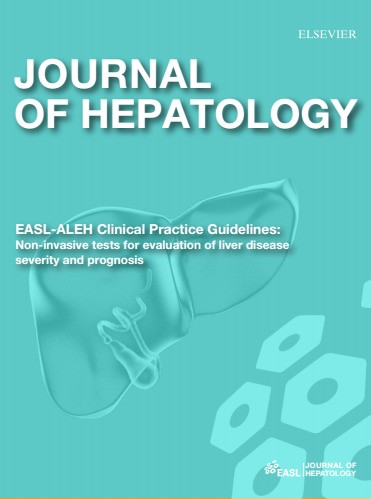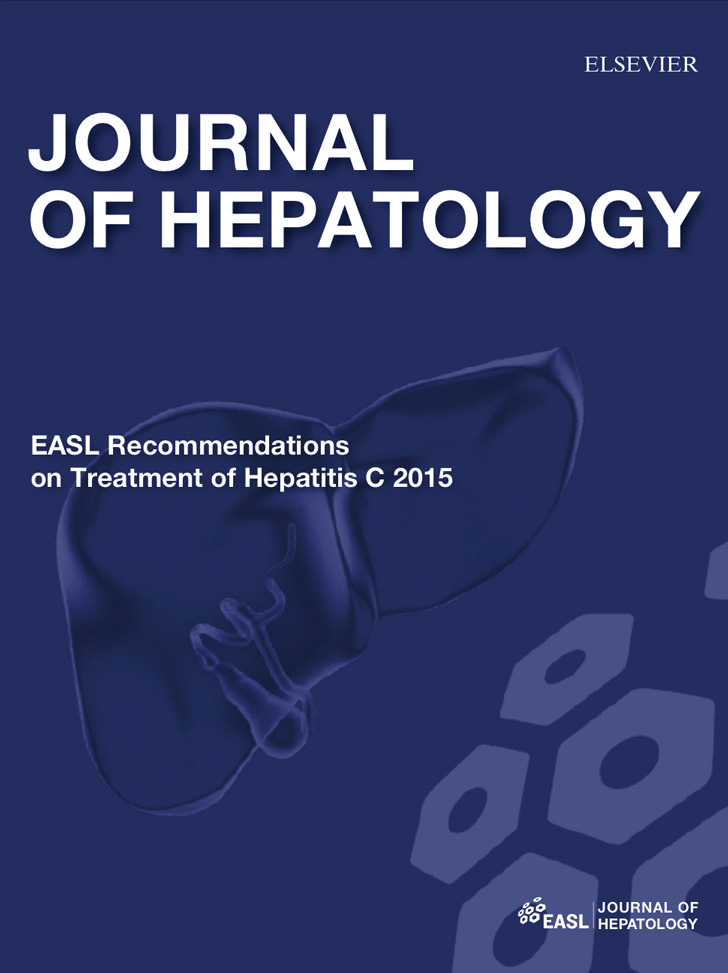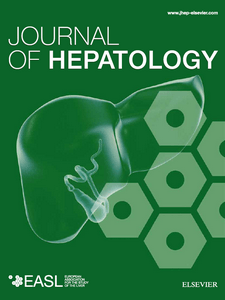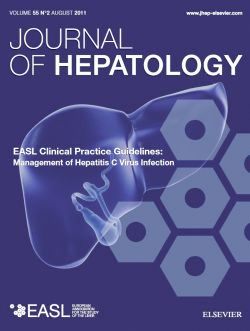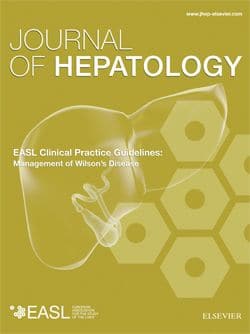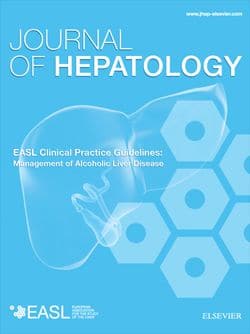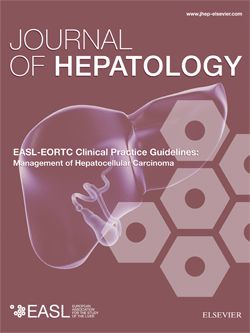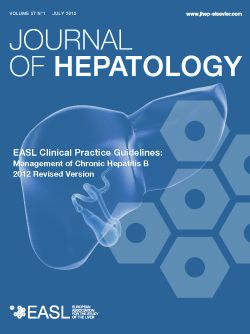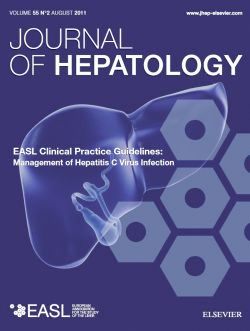EASL’s Clinical Practice Guidelines assist physicians, healthcare providers, patients and other interested parties in the clinical decision-making process. The EASL Guidelines present a range of state-of-the-art approaches for the diagnosis and treatment of liver diseases.
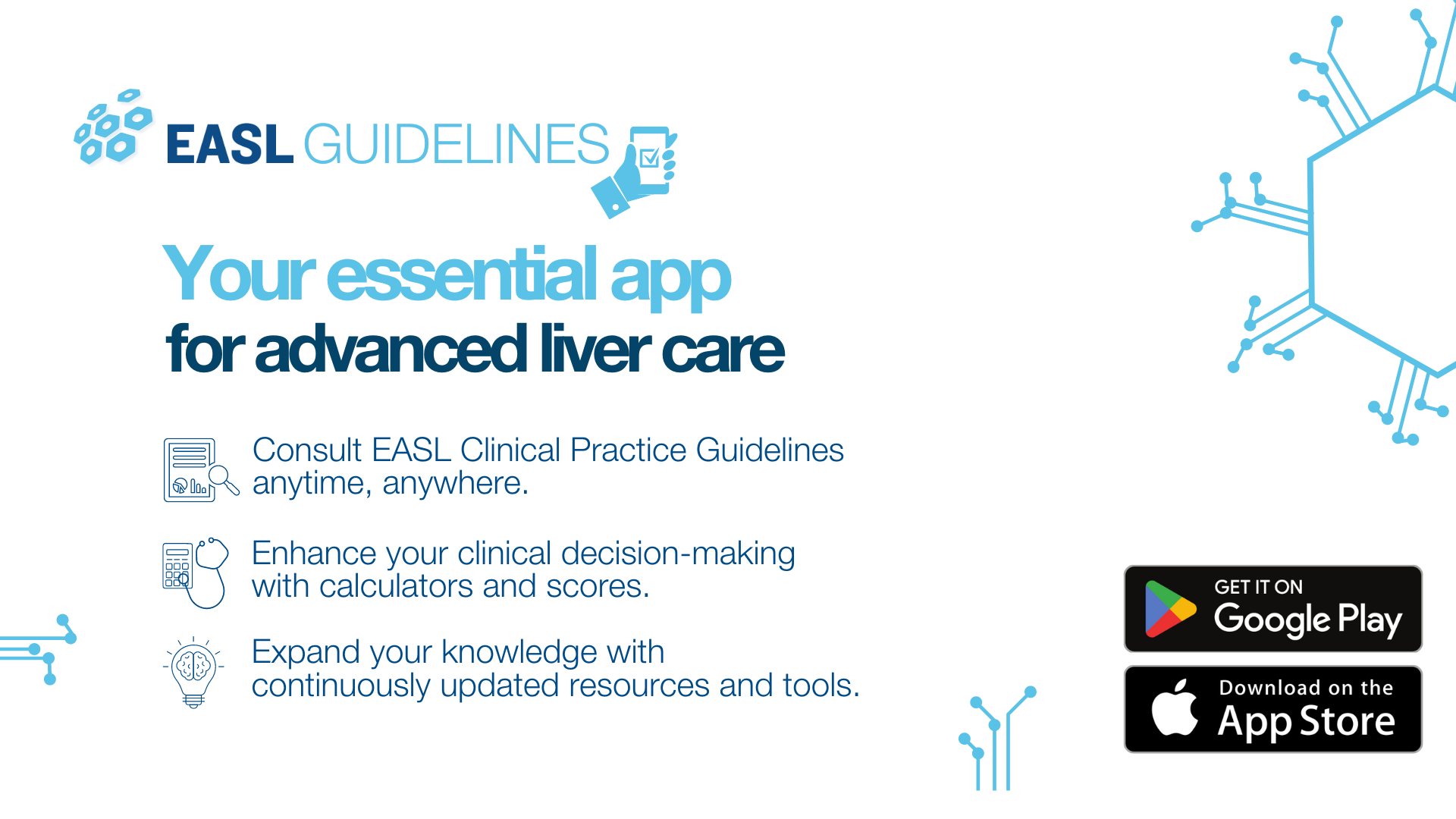
Liver fibrosis is part of the structural and functional alterations in most chronic liver diseases. It is one of the main prognostic factors as the amount of fibrosis is correlated with the risk of developing cirrhosis and liver-related complications in viral and non-viral chronic liver diseases [1,2]. Liver biopsy has traditionally been considered the reference…
Read MoreHepatitis C virus (HCV) infection is one of the main causes of chronic liver disease worldwide. The long-term impact of HCV infection is highly variable, ranging from minimal histological changes to extensive fibrosis and cirrhosis with or without hepatocellular carcinoma (HCC). The number of chronically infected persons worldwide is estimated to be about 160 million,…
Read MoreHepatic Encephalopathy (HE) is a frequent complication and one of the most debilitating manifestations of liver disease, severely affecting the lives of patients and their caregivers. Furthermore, cognitive impairment associated with cirrhosis results in utilization of more health care resources in adults than other manifestations of liver disease. Progress in the area has been hindered…
Read MoreHepatitis C virus (HCV) infection is one of the main causes of chronic liver disease worldwide. The long-term impact of HCV infection is highly variable, from minimal changes to extensive fibrosis and cirrhosis with or without hepatocellular carcinoma (HCC). The number of chronically infected persons worldwide is estimated to be about 160 million, but most…
Read MoreMore than 360 million persons worldwide (6% of the world population) are chronically infected by the hepatitis B virus (HBV). Although the incidence of HBV infection has dramatically declined since the implementation of universal immunization programs in several countries and blood-donor screening, a significant number of children are still infected each year, often developing chronic infection…
Read MoreRecommendations are based on a systematic literature review in the Medline (PubMed version), Embase (Dialog version), and the Cochrane Library databases using entries from 1966 to 2011. The Grades of Recommendation, Assessment, Development, and Evaluation (GRADE) system used in other EASL CPGs was used and set against the somewhat different grading system used in the…
Read MoreAlcoholic liver disease (ALD) is the most prevalent cause of advanced liver disease in Europe. However, there has been limited research investment into ALD despite its significant burden on the health of Europeans. This disparity is reflected by the ETOh score – the ratio of the estimated population mortality rate to the number of trials…
Read MoreThese guidelines result from a joint collaboration between the European Association for the Study of the Liver (EASL) and the European Organization for Research and Treatment of Cancer (EORTC). The EASL–EORTC Clinical Practice Guidelines provide common guidelines for the management of hepatocellular carcinoma (HCC) and define the use of surveillance, diagnosis, and therapeutic strategies recommended…
Read MoreApril 2012, EASL’s revised CPGs on the Management of Chronic Hepatitis B (originally released in October 2008) now include; modified indications for liver biopsy and treatment for HBeAg-negative patients, new stopping rules for pegylated interferon-alfa therapy, amended recommendations for patients with partial virological response at 12 months of therapy with entecavir (ETV) or tenofovir (TDF),…
Read MoreHepatitis C virus (HCV) infection is one of the main causes of chronic liver disease worldwide. The long-term hepatic impact of HCV infection is highly variable, from minimal changes to chronic hepatitis, extensive fibrosis, and cirrhosis with or without hepatocellular carcinoma (HCC). The number of chronically infected persons worldwide may exceed 200 million, but most…
Read MoreThe first EASL Clinical Practice Guideline on treatment of hepatitis C was published in 1999. Since then, more than 30 EASL Guidelines on various liver diseases have been published. The EASL CPGs are extremely popular in Europe and beyond. Most importantly, they are a global reference for the current state-of-the-art on diagnosis and management of liver diseases. As consequence, the EASL Guidelines have been widely distributed. And not only by open-access publication in the Journal of Hepatology but also on the EASL website. Finally, for some EASL CPGs, dissemination of knowledge into derivatives of the guidelines (e.g. patient versions).
The Success of the EASL Clinical Practice Guidelines
One possible reason for the success of our guidelines is the streamlined process. This has allowed for a fast response and timely publication of clinical recommendations when there are new developments in a field. This was especially relevant for chronic HCV infection. The rapid development of treatment regimens has prompted the EASL Governing Board to commission regular updates of ‘‘HCV treatment recommendations”on an almost yearly basis since 2014. In 2019, EASL launched The first guideline for hepatitis B. Updated versions for the EASL guidelines for Hepatitis B followed in 2012 and 2017.
EASL acknowledgements
This responsive process of CPG development in almost all areas of hepatology has only been made possible by the commitment of a small team of 5–8 world-leading experts (the ‘‘CPG panel”) and the meticulous evaluation of the CPGs by three independent experts (at least one from outside Europe), as well as the EASL Governing Board. EASL is very grateful for the continuous and outstanding support provided by these experts from our community.


